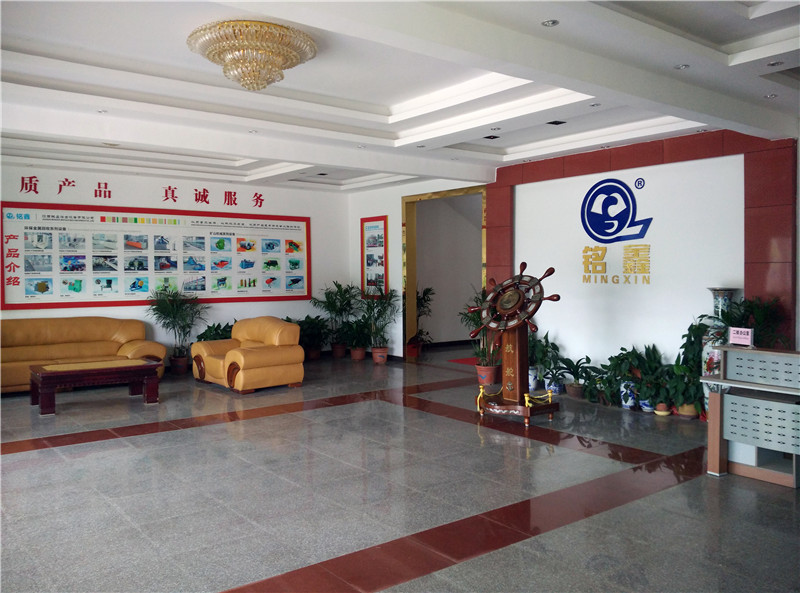With the rapid development of science and technology, lithium-ion batteries have become an indispensable energy solution in our daily lives. From smartphones to electric vehicles, lithium-ion batteries dominate the energy storage market with their high energy density, long life and low self-discharge rate. However, with the increase in usage, broken and discarded lithium-ion batteries also bring a series of environmental and safety issues. This article will explore the challenges facing the lithium-ion battery industry and find innovative solutions from the disposal of damaged batteries.
The lithium-ion battery industry has achieved significant growth over the past few decades. With the popularity of electric vehicles and portable electronic devices, the demand for high-performance batteries continues to rise. However, this growth also brings a number of challenges, including the sustainability of raw material supplies, the environmental impact of battery production, and the disposal of waste batteries.
Environmental and safety challenges of damaged lithium-ion batteries Damaged lithium-ion batteries may release harmful substances, such as heavy metals and organic solvents, causing pollution to the environment. In addition, the chemical reaction inside the battery can cause a fire or explosion, posing a threat to human safety. Therefore, properly dealing with damaged batteries and preventing harmful substances from leaking is an urgent problem for the lithium-ion battery industry.
In the face of these challenges, the lithium-ion battery industry is exploring innovative solutions. Here are some possible avenues for innovation:
1. Recycling and reuse: By establishing an effective recycling system, valuable materials such as lithium, cobalt and nickel can be extracted from damaged batteries for the production of new batteries. This not only reduces the need for new raw materials, but also reduces the environmental impact.
2. Safe treatment technology: The development of new safe treatment technologies, such as pyrolysis and hydrometallurgy, can effectively decompose battery components while reducing the release of harmful substances.
3. Design safer batteries: By improving battery design, the risk of battery damage can be reduced. For example, the use of non-flammable electrolytes and stronger housing materials can improve battery safety.
4. Policies and regulations: The government can push battery manufacturers to adopt more environmentally friendly materials and safer battery designs by instituting strict policies and regulations. At the same time, battery recycling and reuse can also be encouraged through tax incentives and subsidies.
The future of the lithium-ion battery industry is full of challenges, but also full of opportunities. Through innovation and technological progress, we can find new solutions from damaged batteries and achieve sustainable development of the battery industry. This requires not only the joint efforts of battery manufacturers, recycling companies and governments, but also the participation and support of consumers. Let's work together to promote a greener and safer future for the lithium-ion battery industry.











